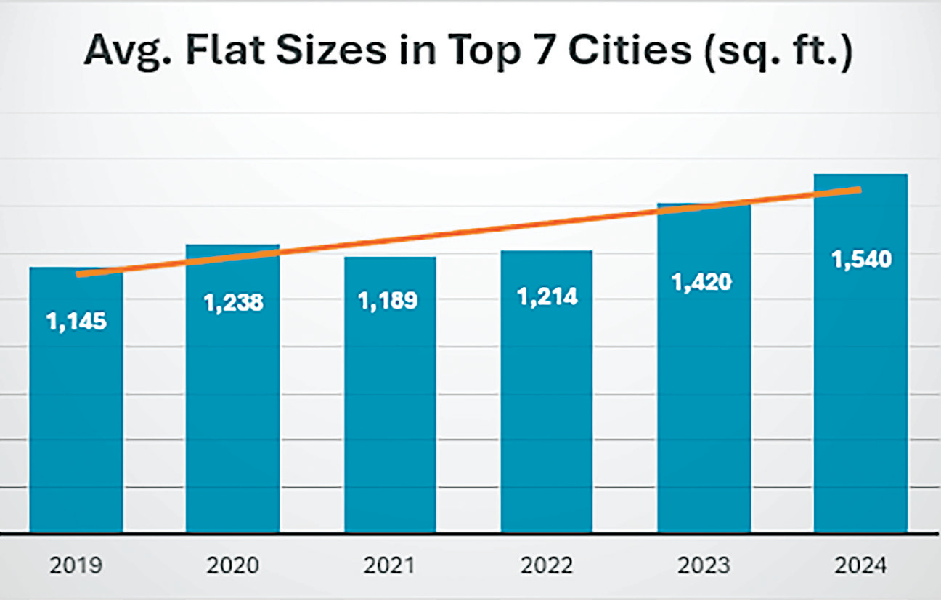
CopenHill: Denmark’s Landmark Waste-to-Energy Plant
CopenHill is an amazing landmark in the city of Copenhagen. It is a tall sloping building in the city which has a waste-to-energy plant inside and is topped by a ski slope, a hiking trail and a climbing wall.
It thus combines a power plant and an entertainment centre. It is an 85-metre tall building where incinerators burn the city's waste. The visitors can see the burning while using a platter lift, carpet lift or glass elevator to reach to the top.
Designed in collaboration with SLA Architects, the green roof houses a lush, biodiverse ecosystem that absorbs heat, filters the air and minimizes water runoff.
The terrain is made of a synthetic turf known as Neveplast, which lets you ski with coefficient friction equal to snow. It was designed by architect Bjarke Ingels.
CopenHill building has an internal area of 41,000 square metre and is an architectural landmark and embodies the city's goal of becoming the world's first carbon neutral city. This means, the city's carbon emissions would be equivalent to its capacity to absorb carbon.
The plant was completed in 2025. Recreation buffs and visitors reaching the summit of CopenHill will feel the novelty of a mountain in an otherwise-flat country that Denmark is.
Non-skiers can enjoy the rooftop bar, cross-fit area, climbing wall or highest viewing plateau in the city before descending the 490-metre tree-lined hiking and running trail within a lush, mountainous terrain designed by Danish Landscape Architects SLA.
Meanwhile, the 10,000 square metre green roof addresses the challenging micro-climate of an 85-metre high park, rewilding a biodiverse landscape while absorbing heat, removing air particulates and minimizing stormwater runoff.
 English daily published in Bengaluru & Doha
English daily published in Bengaluru & Doha






